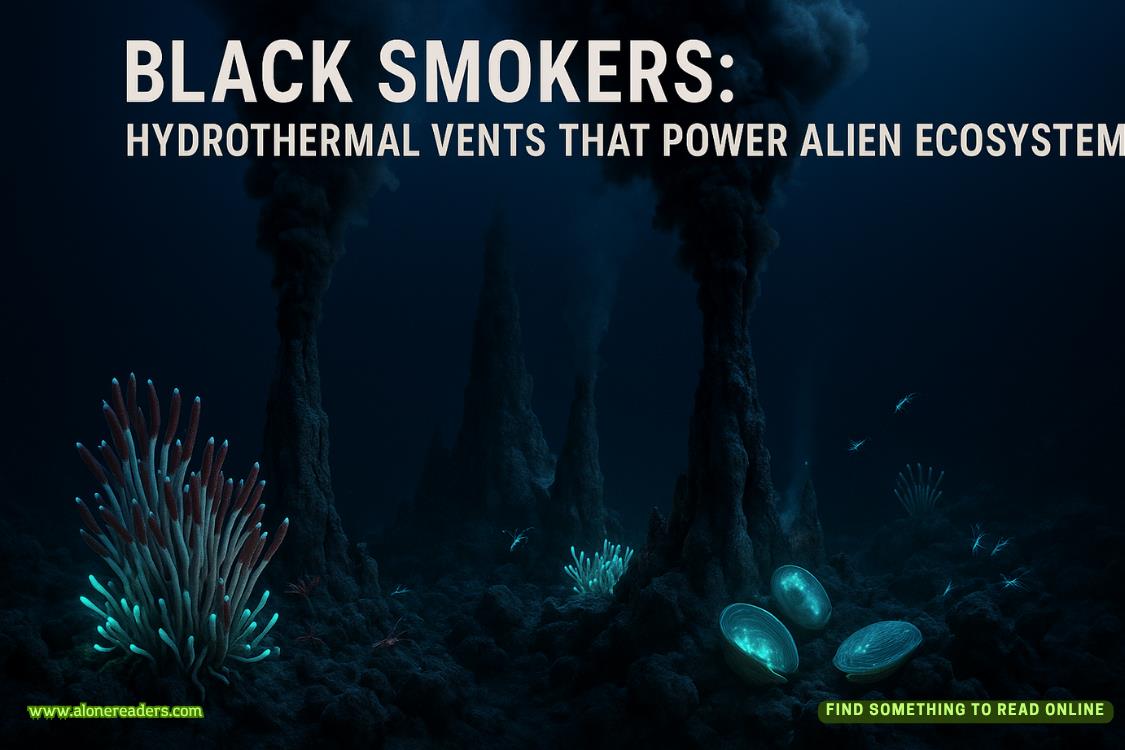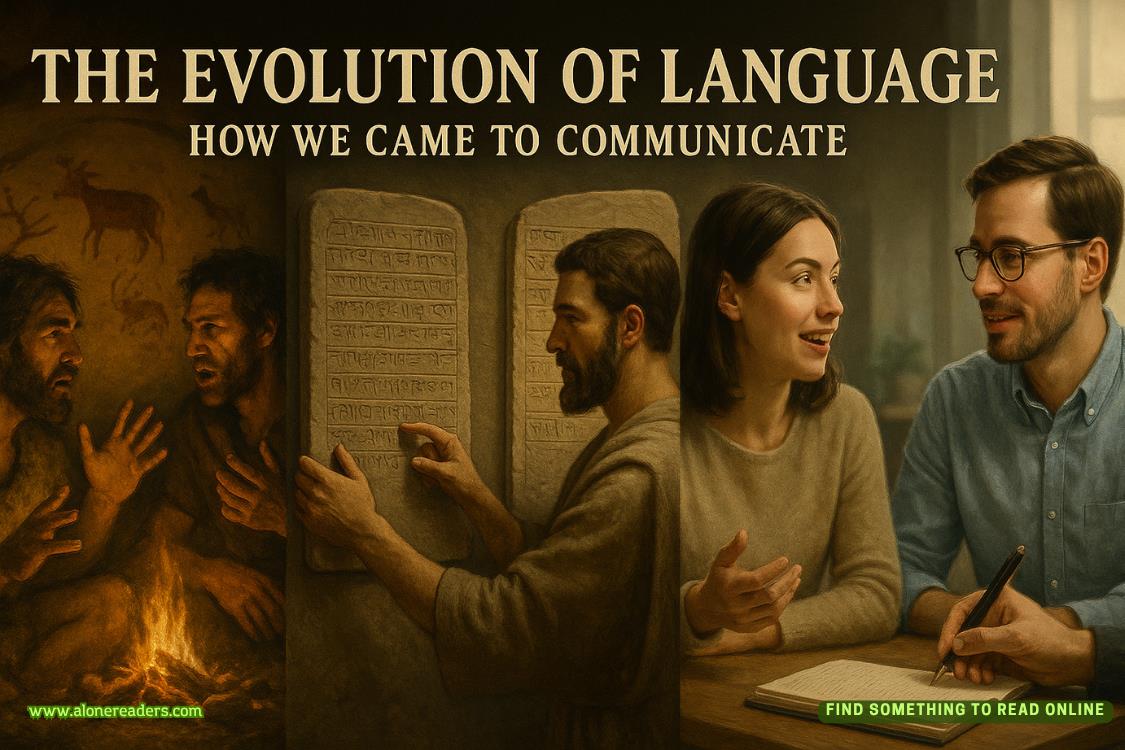Page 92 of Blush
“And yet the novels are classics in their own way.”
“Classics? No. I mean, really—have you read them?”
“Yes,” Dr. Moore said.
Sadie looked at her in surprise. “So then how can you call them classics?”
“Italo Calvino, inThe Uses of Literature, said: ‘A classic is a book that has never finished what it has to say.’”
If Sadie didn’t know better, she would think Dr. Moore was mocking her. She couldn’t possibly be suggesting that she take these books seriously. A book’s merit was based on the words on the page.
Ever since she was a little girl, Sadie had thought a lot about the written word. She thought about words as she fell asleep at night; she thought about them when she dressed in the morning. She arranged them in her mind like colors on a painter’s palette. In her mind, she could make them dance. Words conveyed meaning. Words had power. Words gave everything and asked nothing in return. Susan Sontag wielded words like a weapon. And yet the words she so admired failed to spark the creative velocity that she needed to get her thesis to the finish line.
“I don’t know what these books were trying to say, if anything,” Sadie said.
“People are still reading them forty years after they were published. Why do you think that is?”
“My grandmother has a big book collection. I don’t know how many other people are still reading those books.”
“Are they still in print?”
“Yes.”
Dr. Moore leaned forward. “You read these books and nothing else all summer?”
Sadie swallowed hard. “Well, yes.”
“I want you to think about why that might be. Actually, correction: I want you towriteabout why that might be.”
Forty-five
“This could be the one,” Steven said on their way to look at the space Anouk Jansen had shown him. It was exceedingly hot, even for mid-August in Manhattan. The two months on the North Fork had left her unprepared for the dog days of summer in the city.
In the forty-eight hours since she’d been home, they’d talked about what an expansion of Bailey’s Blue would look like. They worked on their budget, their mailing list, ways to expand their offerings if they found a space.
All she could think about was the winery.
“Come on in, you two,” Anouk said, unlocking the door to the vacant storefront on Lexington.
The woman who had sparked Leah’s marital panic was, in reality, a warm and focused professional.
Inside, the air was stale, and Anouk propped the door open. In the heat and humidity it only made things worse. She pointed out the tin ceilings, the well-preserved moldings, and a rear area that was approved for commercial kitchen use.
“Look, Leah, a counter could go here, and all of this could be display space,” Steven said. He seemed genuinely excited, and she wished she could muster a fraction of his enthusiasm.
“I don’t know,” she said.
Anouk consulted her phone. “There’s a spot ten blocks south that I think you’ll both fall in love with,” she said. “But it’s a bit pricier.”
“Let’s see it,” Steven said, squeezing Leah’s shoulder.
They hailed a cab to a pristine limestone building on the corner of Sixty-Fourth Street. Anouk unlocked an iron gate and then a glass door. Inside, the space had wide windows and filigree ceilings and charming exposed copper pipes. Leah could not deny its appeal, and Steven, sensing her approval, reached for her hand.
“This area here can be used for café tables,” Anouk said, stopping in front of a space that dropped down a small step and leveled off in front of one of the windows. “I know you said you aren’t planning on a dine-in area, but it’s just too perfect not to consider here. Of course, if you’re completely against it, this could all be for display.”
Leah could see the shop come to life in her mind’s eye: the countertops refinished in white marble, a wide refrigerated case alongside one wall, and, yes, a few small wooden tables near that window, maybe with a distressed paint that made them look like they’d been there forever. Upstairs, they could hold cheese tastings for up to twenty-five people.
It was the type of space she’d thought about over the years in the tight quarters of Bailey’s Blue.















